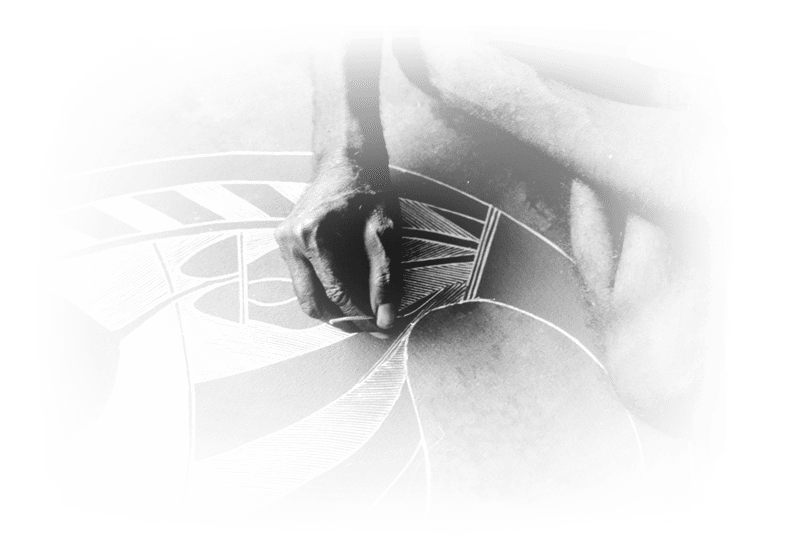Records held by the National Archives of Australia help to tell the story of Aboriginal activism from as early as the 1930s. Petitions are an important part of this story.
Aboriginal people have been involved in the preparation and signing of petitions for many years and have presented those petitions to various prime ministers, members of parliament and royalty. Other people also wrote petitions concerning Aboriginal affairs. Petitions were often concerned with citizenship rights and the conditions and treatment of Aboriginal people but also addressed specific matters and situations.
The National Archives holds records containing information about a number of these petitions and, in some rare cases, the petitions themselves. Three of the main petitions for which information is held are:
- Petition by the Aboriginal Advancement League, 1937
- Yirrkala bark petitions, 1963
- Petition by the Larrakia people and others, 1972
Petition by the Aboriginal Advancement League, 1937
In the mid-1930s William Cooper, the Secretary of the Australian Aborigines' League, gathered 1814 signatures for a petition to King George V seeking representation in parliament, citizenship and land rights for Aboriginal people. Of the signatories, approximately half were from Queensland (all but 12 from Palm Island), 550 from Western Australia, about 350 from South Australia, less than 100 each from New South Wales and Victoria, and nine from the Northern Territory (Goulburn Island Mission).
The petition was forwarded to Prime Minister Joseph Lyons in 1937 for passing to the King. Cabinet decided in February 1938 that no good purpose would be gained by submitting the petition to the King (see NAA: A431, 1949/1591, folios 94–98). Although the government declined to forward the petition, it remains an important chapter in the history of Aboriginal activism.
While the location of the original signed petition is not known, transcripts of the text at the head of the petition are on a number of files held by the National Archives together with references to the petition:

